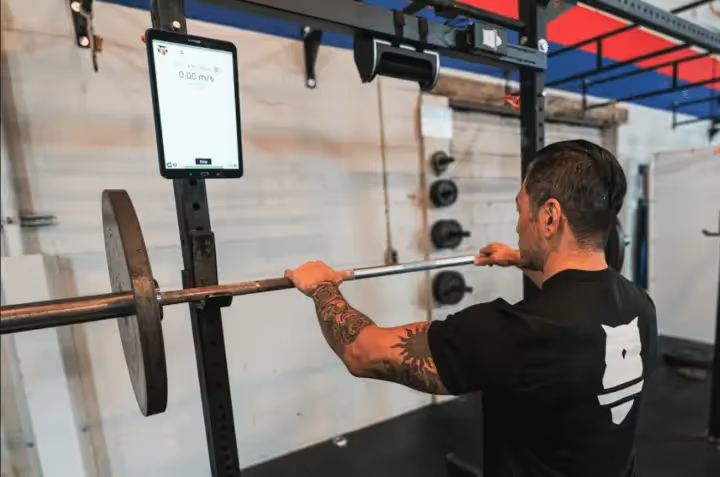Creating an Optimal Performance Monitoring Plan for Coaches: A Guide to Maximizing Athletic Potential

Creating an Optimal Performance Monitoring Plan for Coaches: A Guide to Maximizing Athletic Potential
Coaching athletes towards peak performance involves a combination of art and science. While coaching instincts and experience play a significant role, the science behind performance monitoring and data-driven decision-making has become increasingly important in today's sports landscape. In this guide, we will explore the steps coaches can take to create an optimal performance monitoring plan, with a focus on setting goals, establishing a tracking routine, and adapting the plan over time, all while harnessing the power of technology, such as Perch, to enhance the process.
Setting Goals: The Foundation of Performance Monitoring
Goal setting is the cornerstone of any effective performance monitoring plan. Coaches must work closely with their athletes to define clear and measurable objectives that align with both short-term and long-term athletic aspirations. These goals should be specific, realistic, and relevant to the sport in question.
Annual Training Plan (ATP): Start by developing an annual training plan, which outlines the major competitions, training phases, and periods of rest or active recovery throughout the year. The ATP serves as the roadmap for your athletes' journey towards peak performance.
With Perch, coaches can set specific performance benchmarks that athletes need to achieve at various stages of the annual plan. Perch technology provides real-time feedback and objective metrics, making it easier to track progress toward these goals.
Establishing a Tracking Routine: Data-Driven Decision Making
To maximize athletic potential, coaches must establish a consistent and systematic tracking routine. This involves collecting data on various sports performance qualities, including strength, power, speed, agility, endurance, and technique.
Sports Performance Qualities Throughout the Training Year: Coaches should design training programs that strategically work on different performance qualities throughout the training year. For example, the focus might be on building strength during the off-season, transitioning to power and speed development during the pre-competitive phase, and finally, fine-tuning technique and maintaining peak fitness as the competition approaches.
Perch technology can be seamlessly integrated into the training routine to provide real-time data on an athlete's performance, including metrics such as peak velocity, power, and total work. This data is invaluable for gauging an athlete's progress and ensuring that they are on track to meet their goals.
Adapting Your Plan Over Time: Continuous Improvement
The sports world is dynamic, and athletes' needs and capabilities can change over time. Coaches must be prepared to adapt their performance monitoring plans as necessary. This adaptability ensures that athletes continue to progress and peak at the appropriate times.
Periodic Assessments: Regularly assess your athletes' performance against the goals set in the annual training plan. Use Perch technology to conduct assessments and track performance metrics. If an athlete is not meeting their benchmarks, adjust the training plan accordingly.
Individualization: Recognize that each athlete is unique and may require a tailored approach. Leverage the data collected through Perch to make individualized training decisions. For instance, if an athlete is excelling in one area but struggling in another, adjust their training regimen to address their specific needs.
Injury Prevention: Performance monitoring isn't just about pushing athletes to their limits; it's also about ensuring their long-term well-being. Pay attention to indicators of overtraining or injury risk in the data provided by Perch and adjust training loads and exercises accordingly to prevent setbacks.
Leveraging Perch Technology
Throughout this guide, we've mentioned Perch technology as a powerful tool for coaches. Perch offers numerous advantages for performance monitoring, including:
Real-Time Feedback: Perch provides immediate, objective feedback on an athlete's performance, allowing for instant adjustments and corrections during training sessions.
Quantifiable Metrics: With Perch, coaches have access to precise metrics such as peak velocity, power output, and total work. These data points enable coaches to make data-driven decisions about an athlete's progress.
Efficiency: Perch technology streamlines the data collection process, reducing the need for manual record-keeping and calculations. This allows coaches to focus more on coaching and less on administrative tasks.
Remote Coaching: Perch offers remote coaching capabilities, enabling coaches to monitor and provide feedback to athletes even when they are training in different locations.
Conclusion
In summary, creating an optimal performance monitoring plan for athletes involves setting clear goals, establishing a rigorous tracking routine, and being flexible enough to adapt the plan over time. Technology, such as Perch, plays a vital role in this process, providing coaches with the tools needed to collect accurate data, make informed decisions, and ultimately guide athletes toward peak performance. By combining coaching expertise with cutting-edge technology, coaches can help their athletes reach new heights in their respective sports.

Start Gathering Data With Perch Today!
Reach out to us to speak with a representative and get started using Perch in your facility.

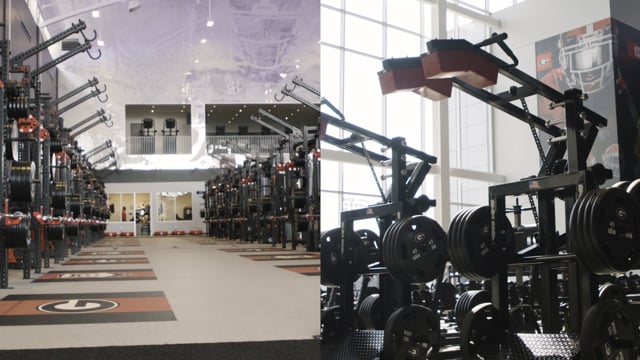
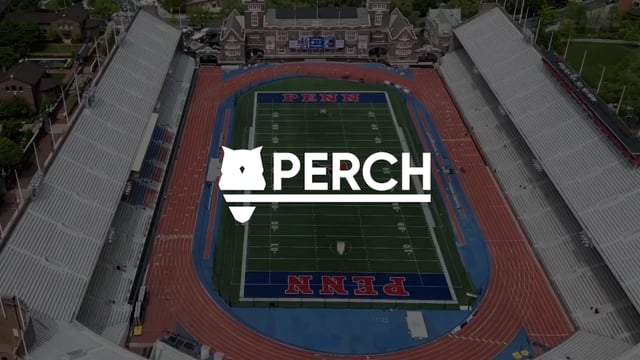


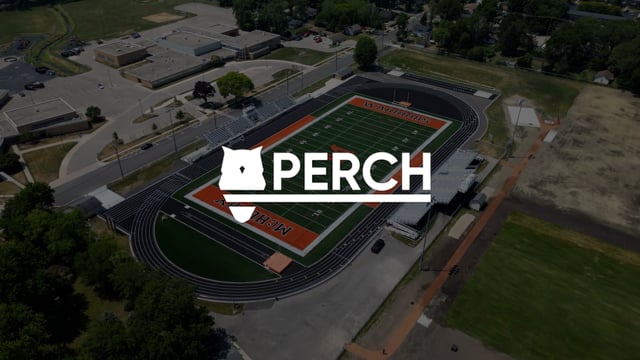


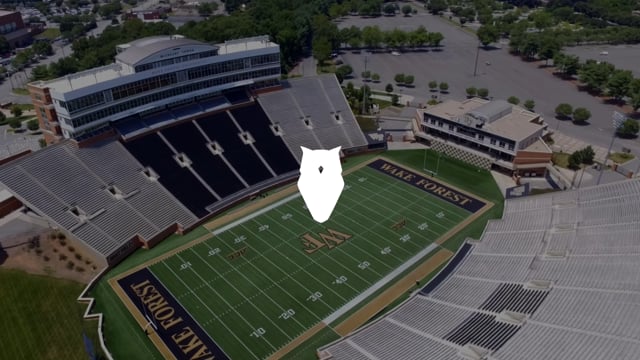
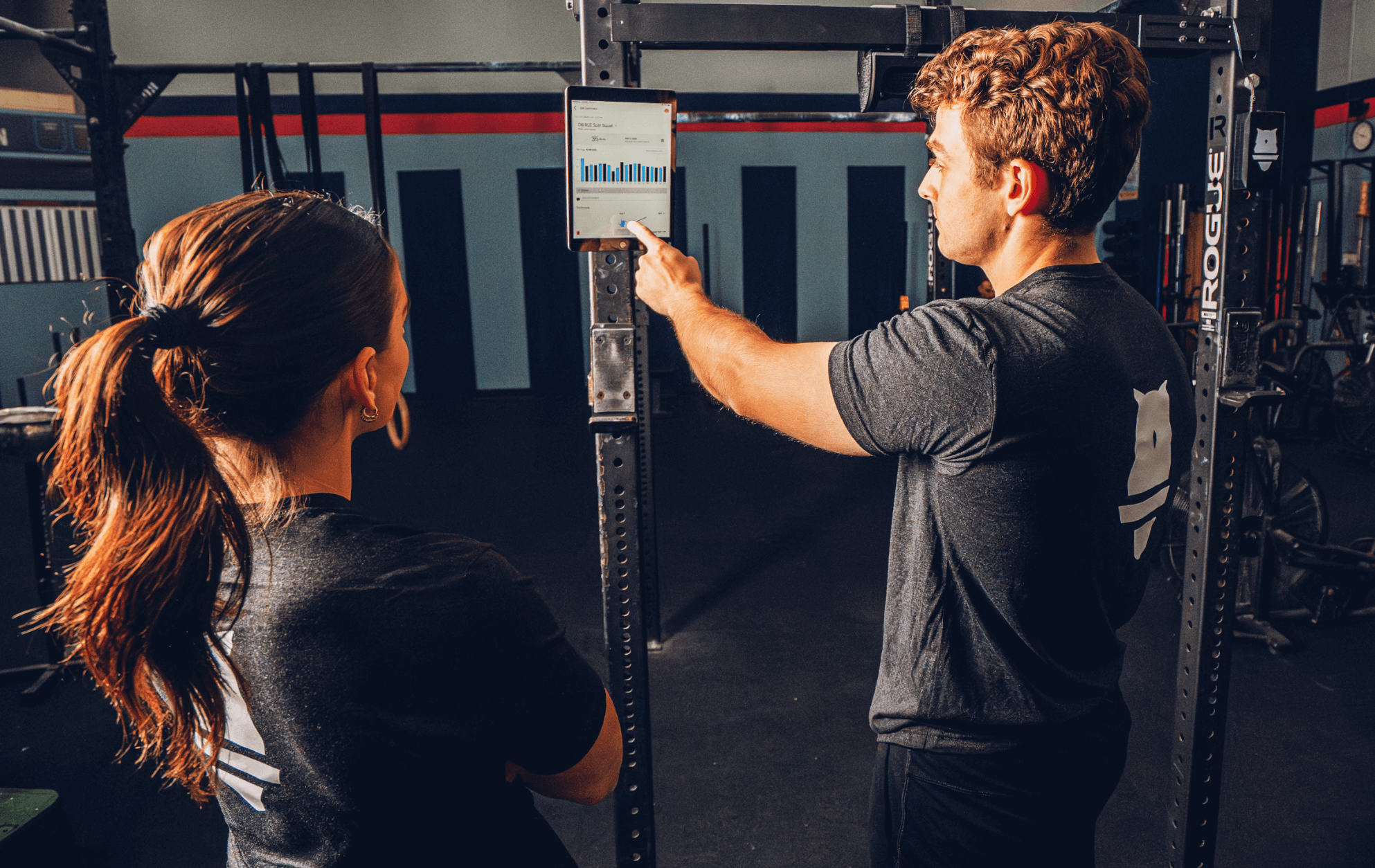































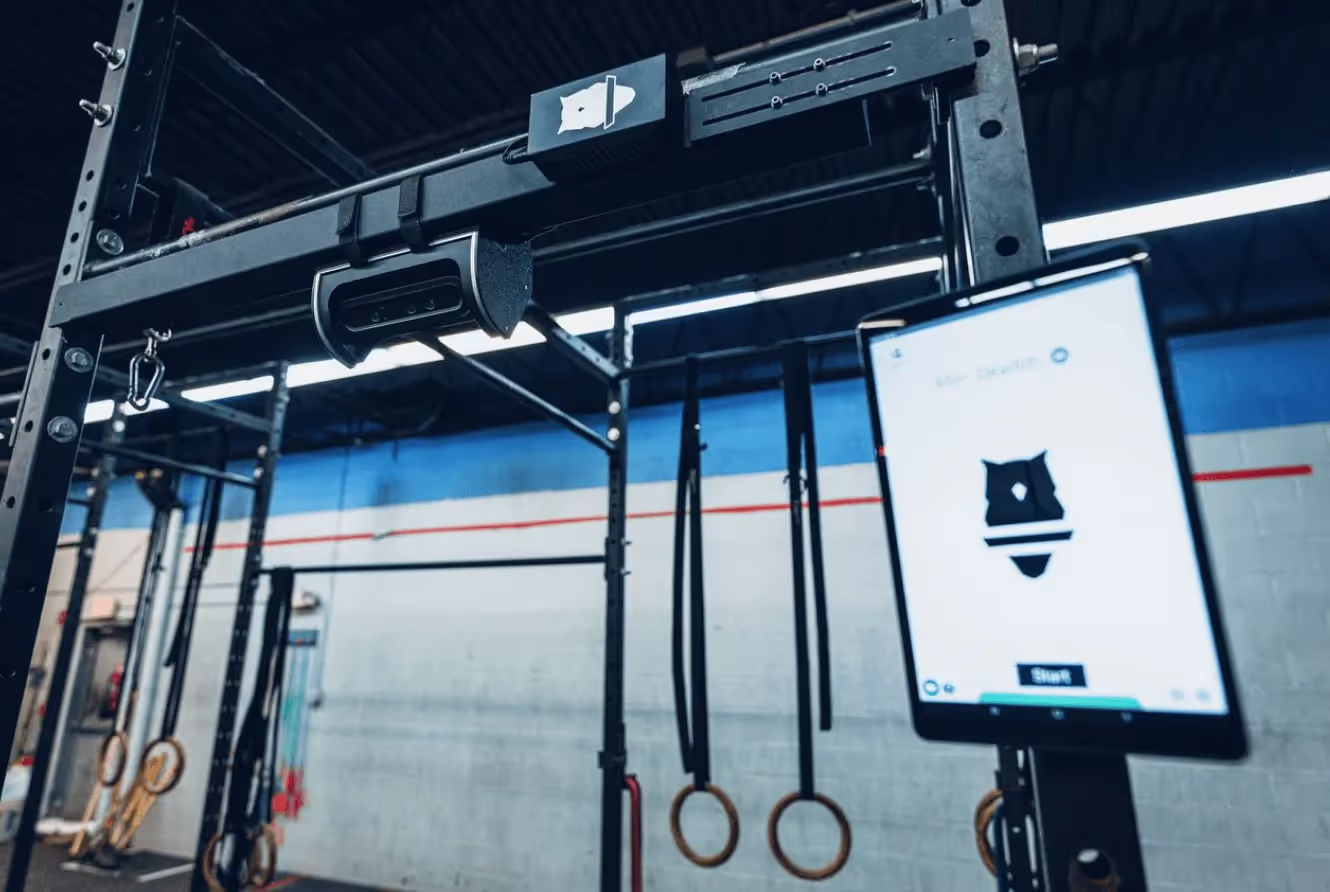
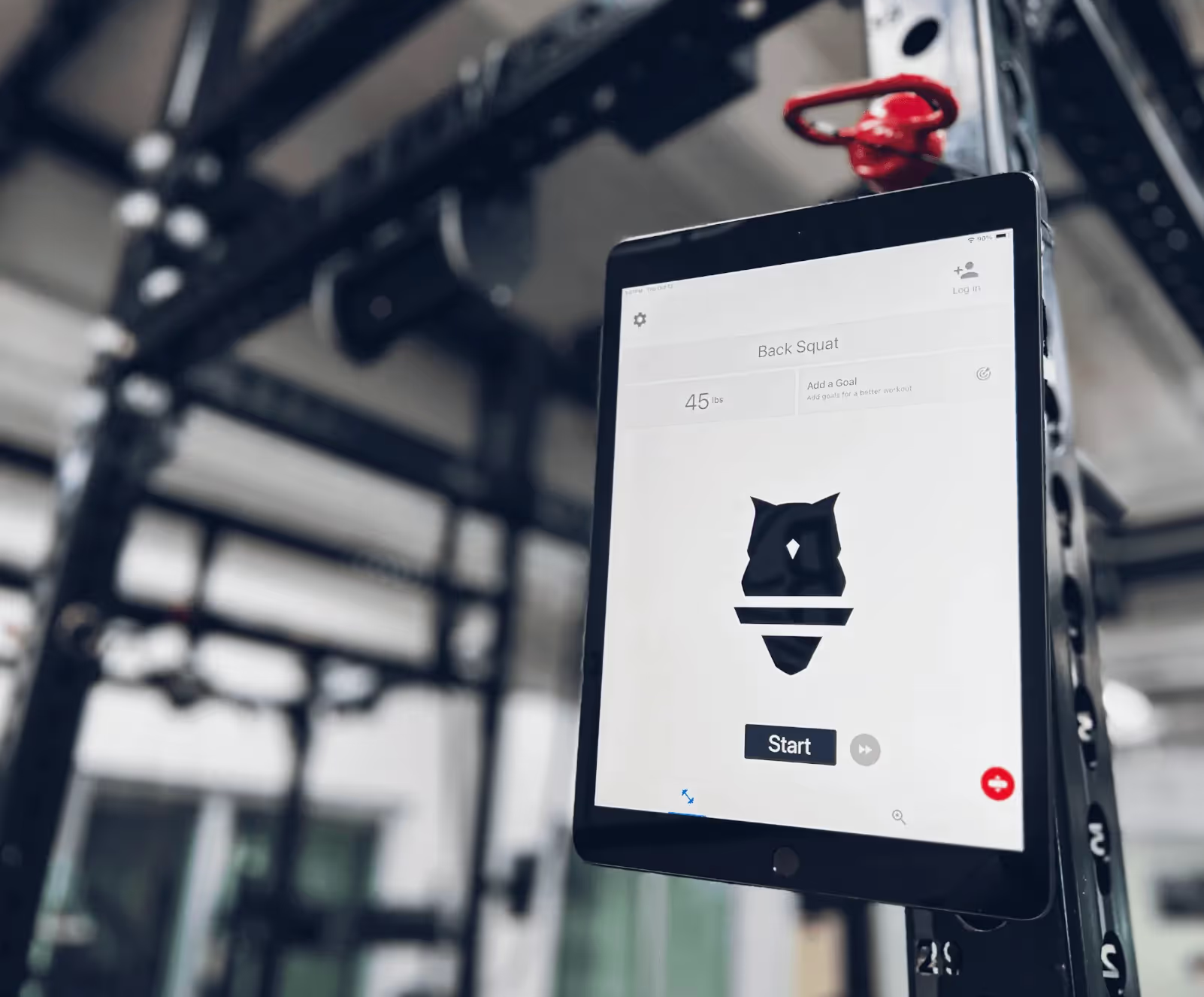



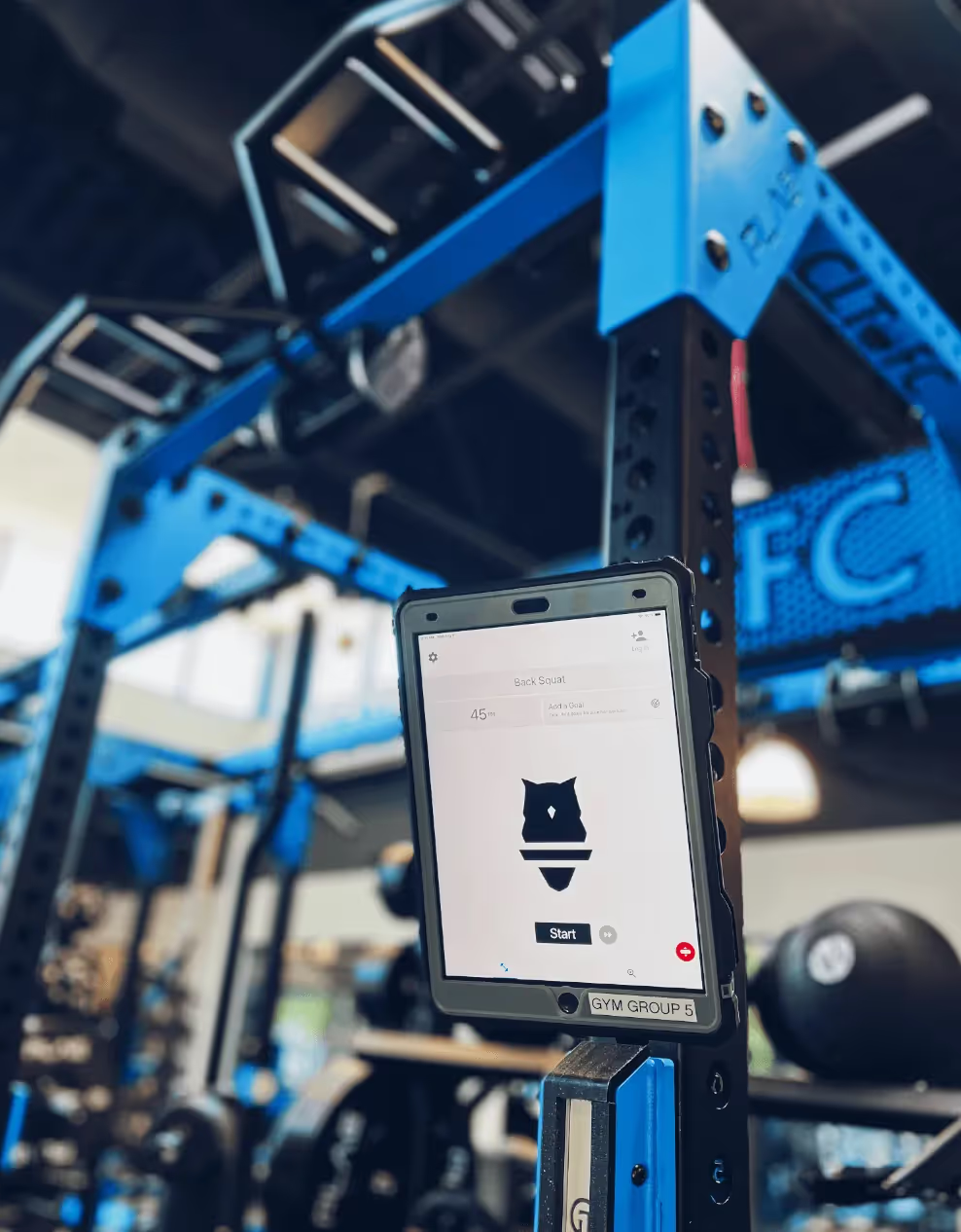
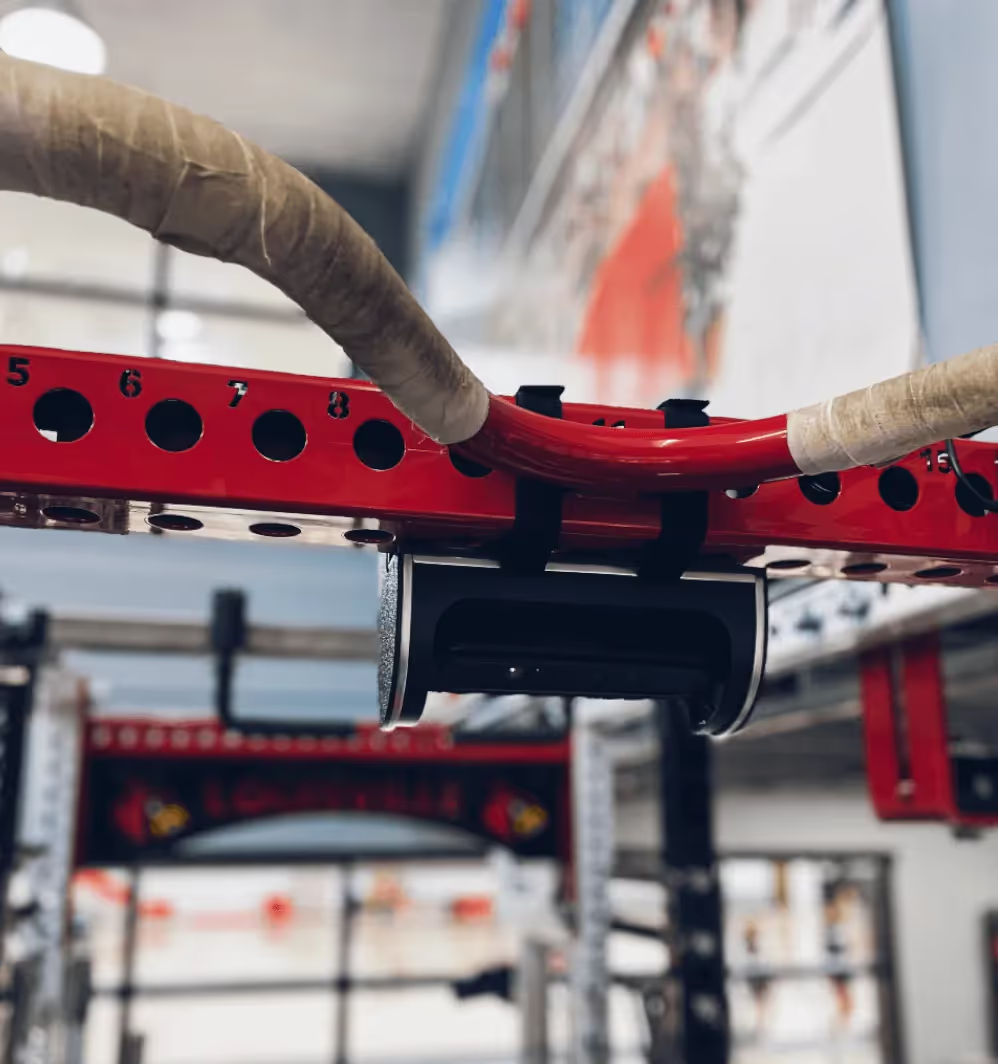












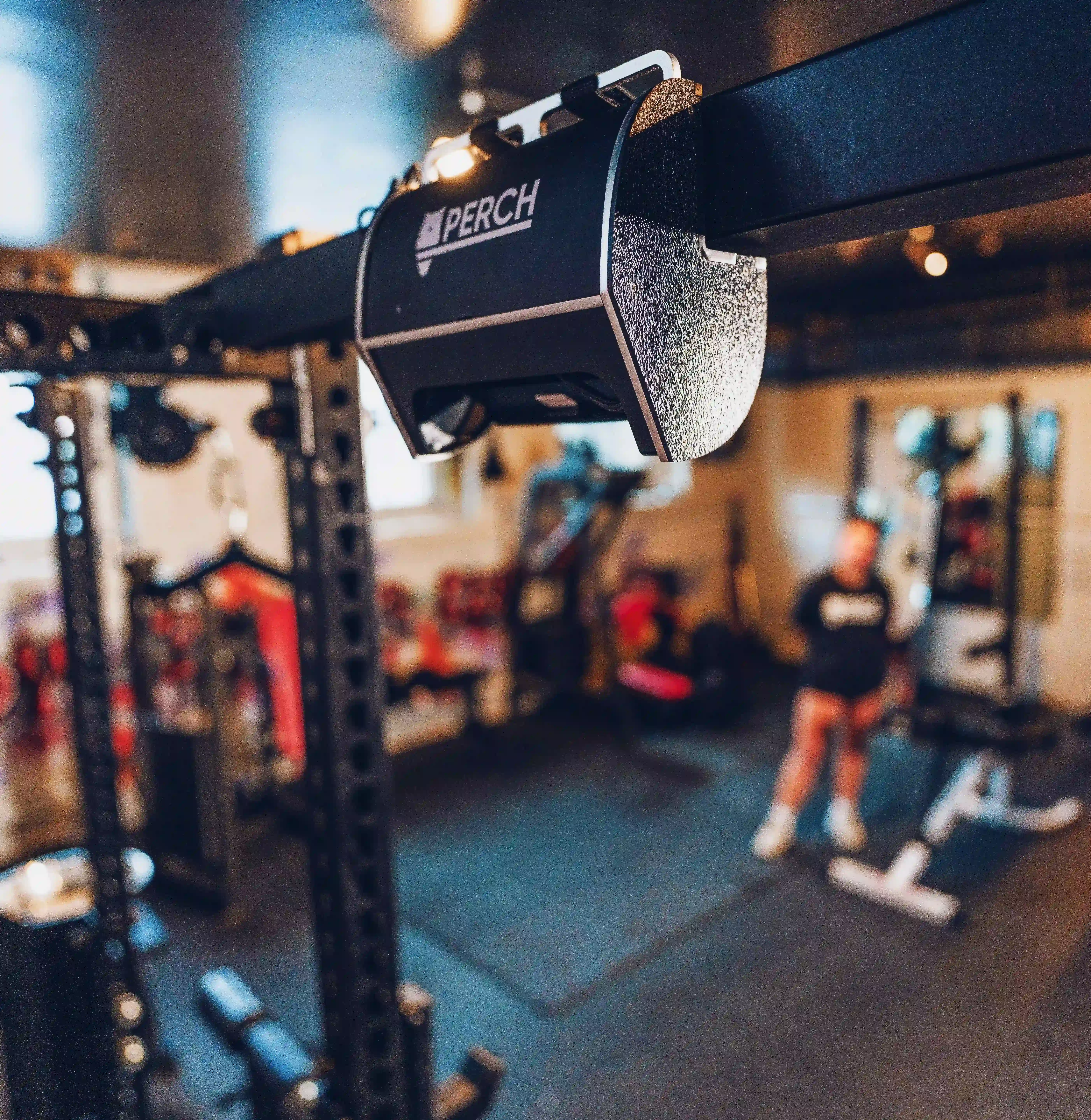
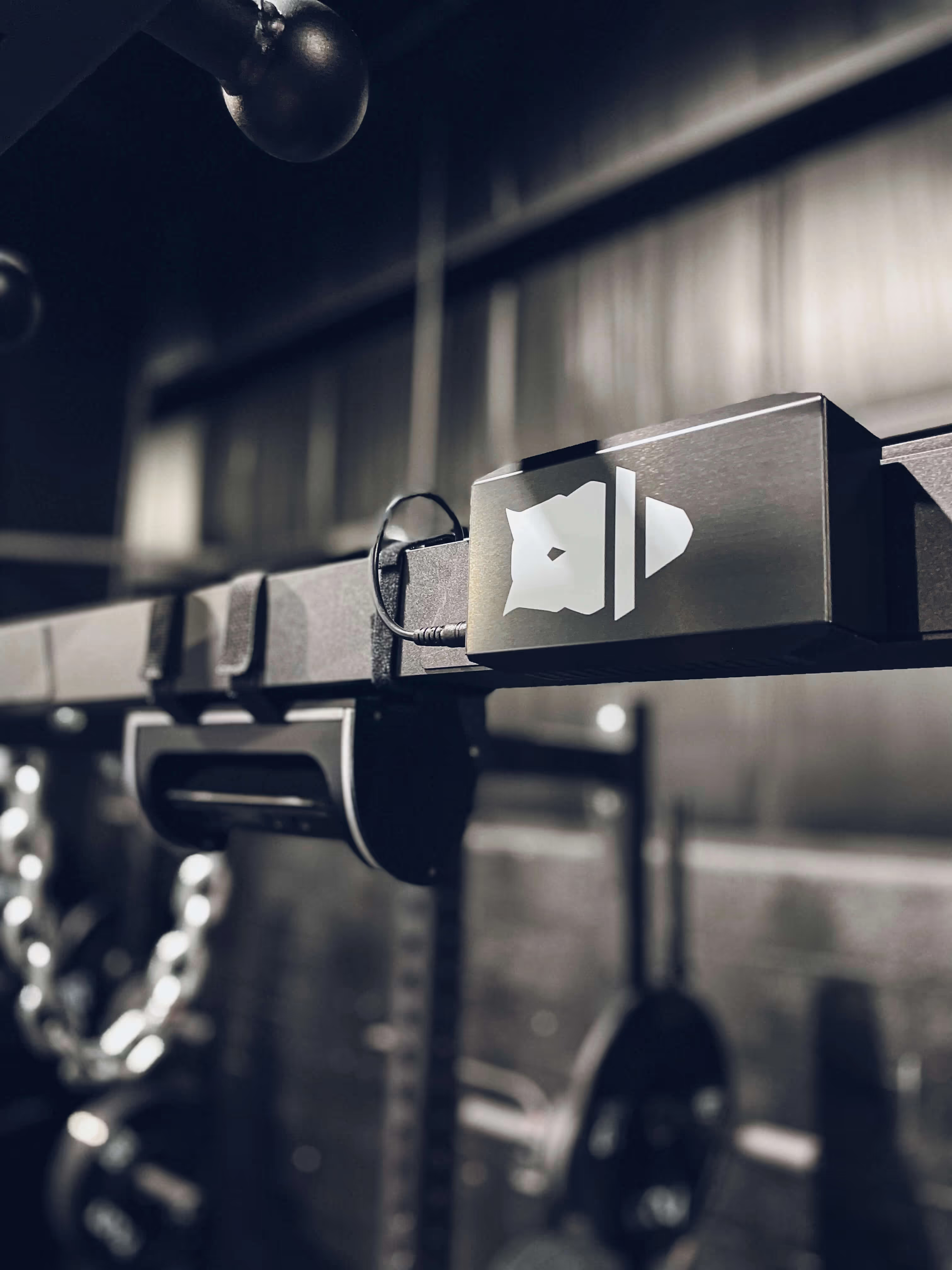

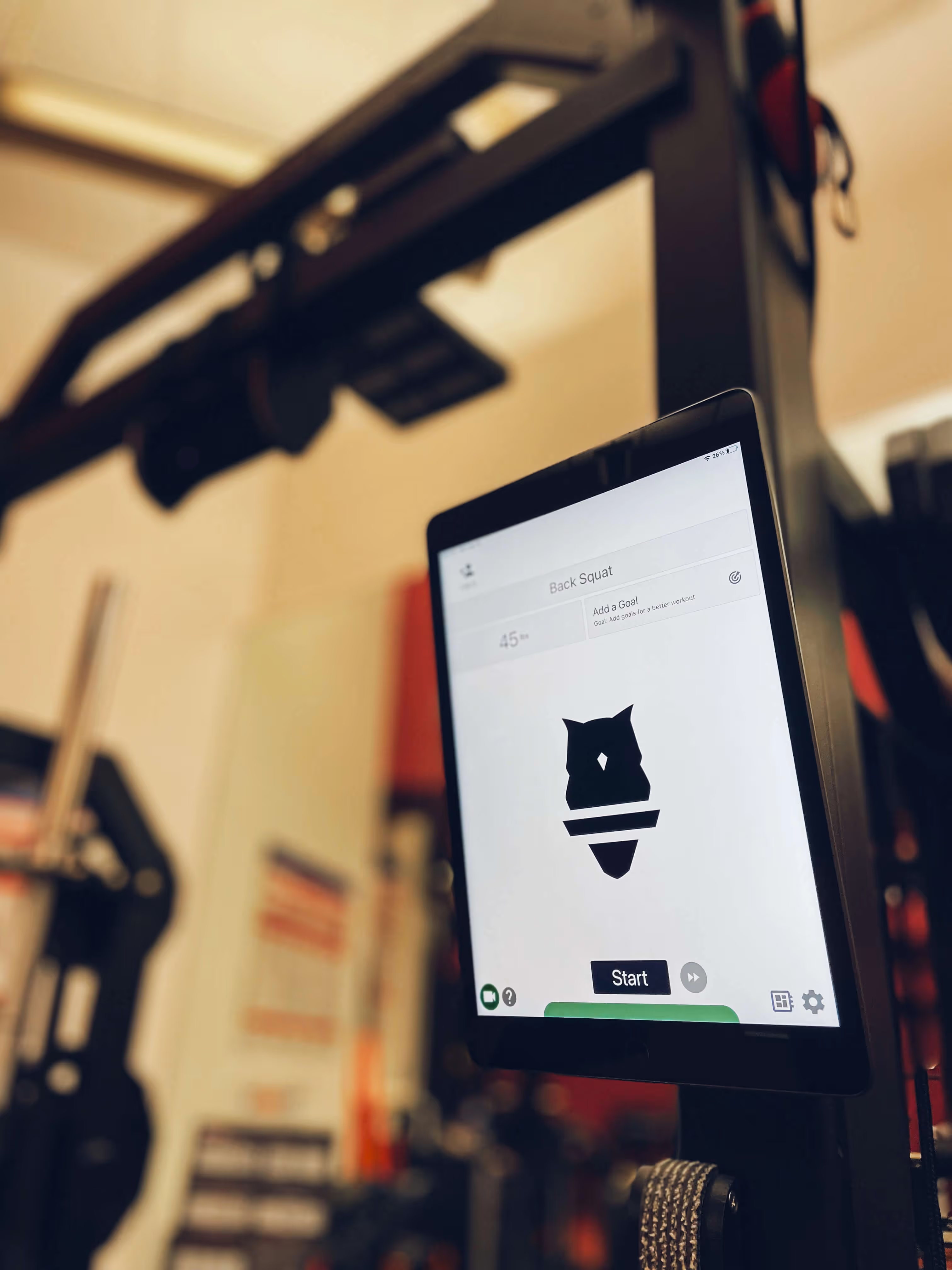

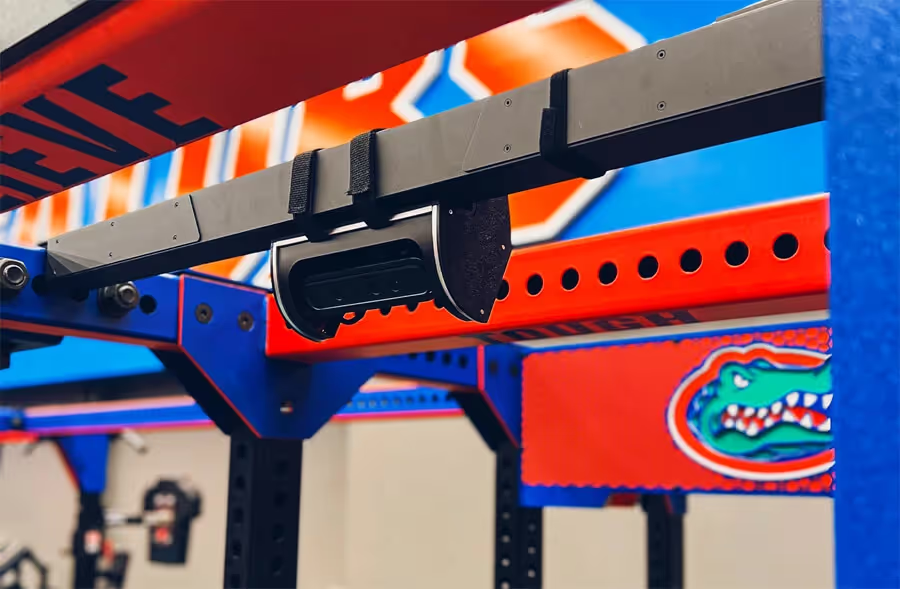






.avif)






